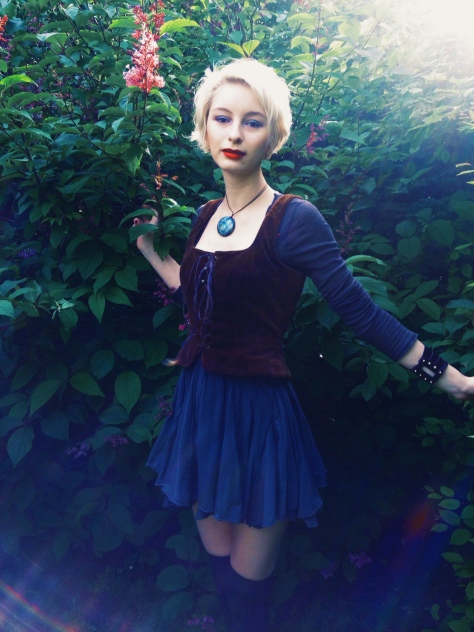Many would argue that it is our emotions that make us human – that the complex and entangled nature of our internal lives is what separates us from other animals. True, other animals seem to have some emotions – your pet greets you happily when you get home, dogs get excited about going on walks, animals seem to get angry, and can love their young. But so far, most animals don’t seem to display the complex internal struggles that we humans experience. And it is easy to see how this emotional nature separates us from the rest of the animal kingdom. Our emotions allow us to make art, not just for purely decorative purposes, or as some type of mating call (as seen in the lavishly decorated nests of bowerbirds for example), but as a way to try and express ourselves, a vehicle of passion. And passion is very important here, as that is definitely not usually seen in other species. This is especially clear when we look at some emotions that haven’t been recognised in other species.
One of these? Spite. Spite is a purely human emotion, a form of hatred which is hatred for hatred’s sake, where we derive pleasure from seeing other man is pain. It is not a practical emotion, and we gain no evolutionary advantage from it – it is not revenge to gain something new, like land or riches, but a way of seeing our fellow man suffer. And spite can create some of the greatest art, and drama of all time. Look at Shakespeare’s Othello, with the horrifically spiteful Iago. His destruction of Othello’s marriage, causing him to kill Desdemona, was as a form of revenge (for not being promoted when Cassio was), but it is not a revenge which brings him anything apart from pleasure at another man’s suffering. There were no real or practical rewards, only the resolution of his own jealousy. We see in Iago something that at once feels horrific and evil, and yet is at the same time all too familiar and human.
Humanity may be redeemed, however. Spite is not the only unique human emotion – gratitude is as well. Not the selfish gratitude, where you know someone has done something for you in return for something else (which we do observe in the animal kingdom), but gratitude that truly fulfils the old “it’s not the gift itself, but the feeling behind it” adage. Whilst we may be spiteful, we can also be kind for kindnesses sake – these are emotions whose only purpose is emotion itself, bringing us back to passion, for is that not in a sense what passion is? Large outpourings of emotion, without any real practical use, but that inspire creativity, and love, and our humanity.
These emotions are what make us human – they are both what make us fallible and strong. It is hard to imagine a world without them, and you would not want to – whilst some may argue we would be better off without spite, it would be a cruel world if we lost gratitude too. These emotions are the ones that can cause some of the worst conflicts in our lives, but also create some of the happiest moment. They are what make our lives real and human, and what make us, us.
This blog post was inspired by an amazing discussion panel/talk I went to at the Natural History Museum called ‘Emotional Evolution’ (where I stole the name from, funnily enough!). There were three speakers, who were all fantastic and very interesting – Dr Geoff Bird, Alastair Gill, and Dr Penny Spikins who I must pay special thanks to as she’s the one who talked about spite and gratitude being uniquely human (but they all said so many interesting things that I could probably write ten blog posts about all the different things they looked into!). The event was linked in with the ‘Britain: One million years of the human story’ exhibition, which I desperately need to go see myself, but recommend purely on the basis of the glimpse into it that the talk gave me, and was also part of the ‘After hours‘ late nights at the NHM, which (like the ones at the Science Museum) are so much fun, and I also recommend. Thanks so much also to all the hosts of the ‘Emotional Evolution’ panel talk – I had so much fun, and learnt so much!









